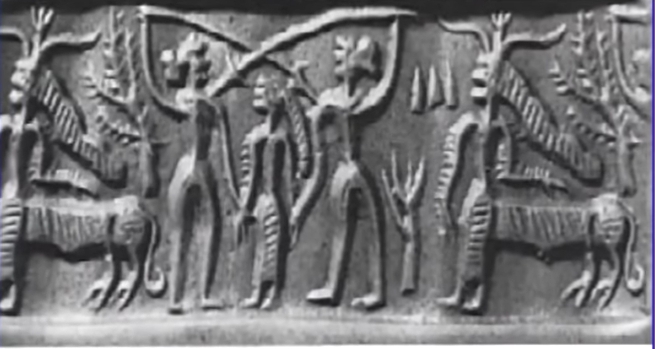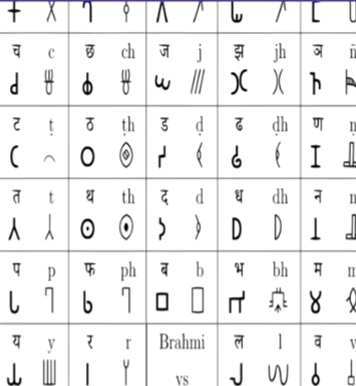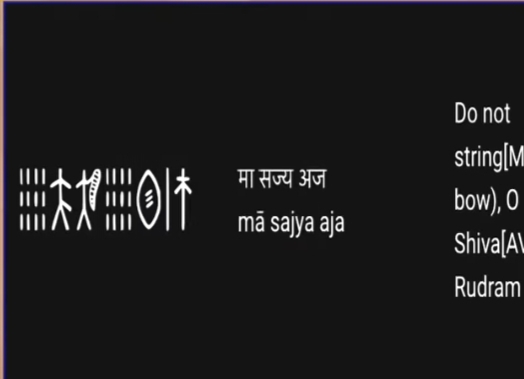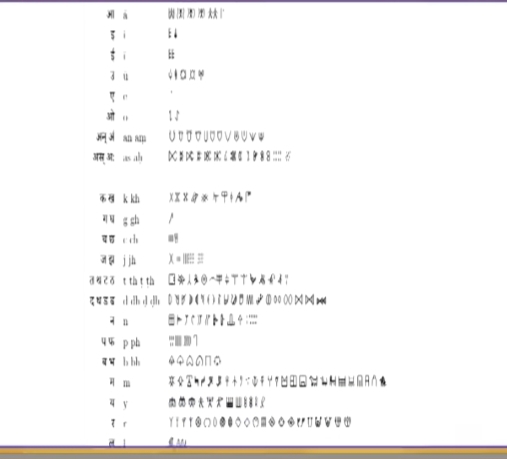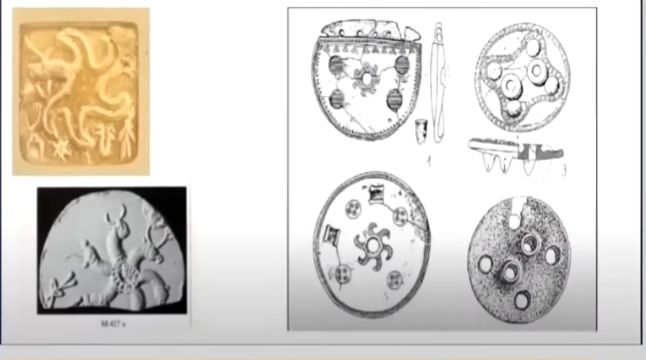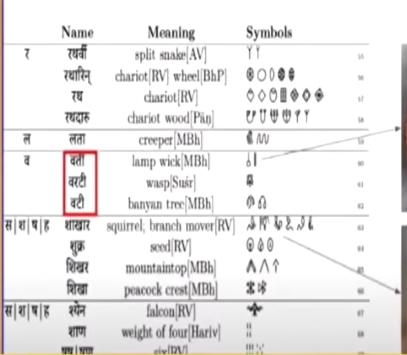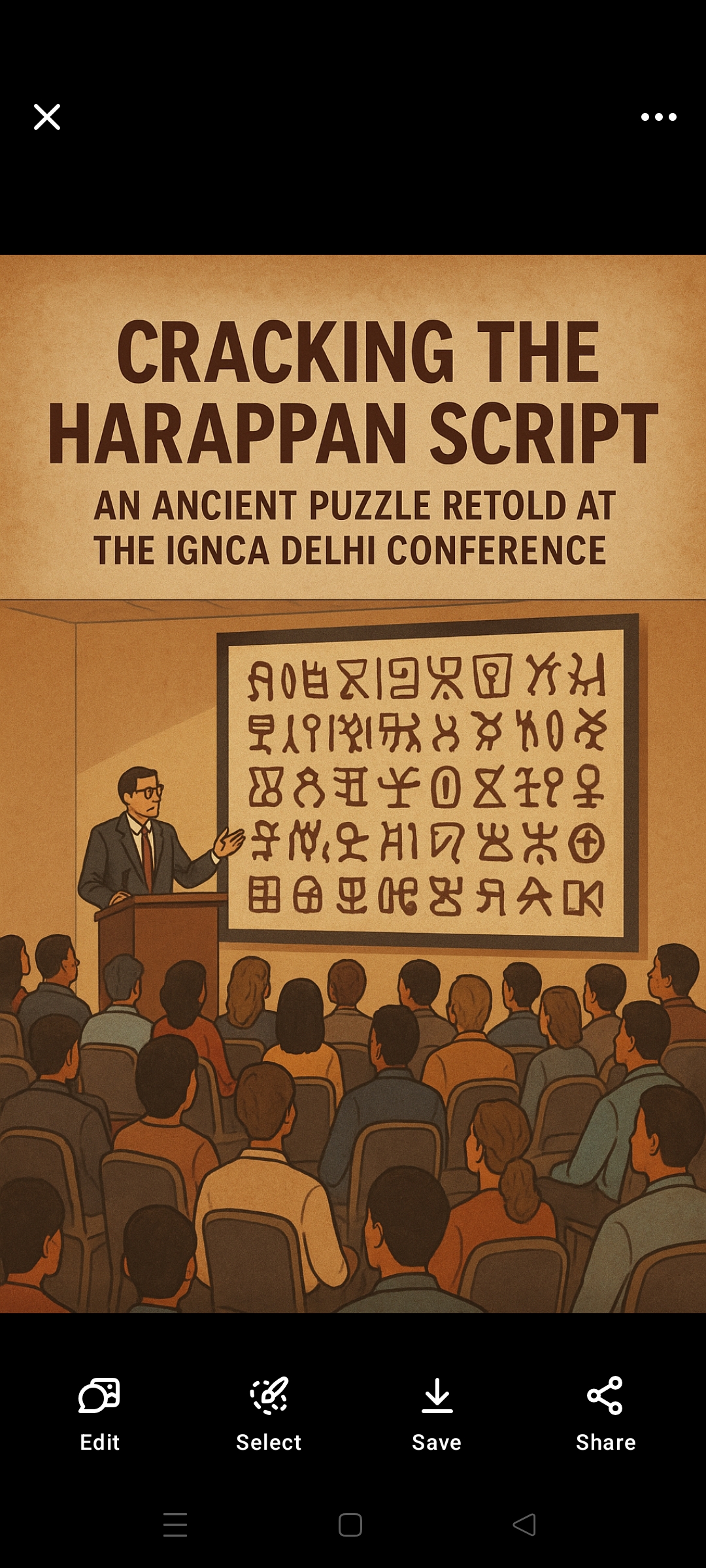Cracking the Harappan Script: An Ancient Puzzle Retold at the IGNCA Delhi Conference
A Global Reunion for an Ancient Riddle
From September 11 to 13, 2025, the Indira Gandhi National Centre for the Arts (IGNCA) in New Delhi will host a landmark international conference, drawing a remarkable cross-section of experts—archaeologists, computer scientists, linguists, engineers, and medical professionals—to confront the enduring mystery of the Harappan (Indus) script. The stature of the event is underlined by the scheduled attendance of Prime Minister Narendra Modi and Home Minister Amit Shah. This gathering signifies both academic urgency and national pride, as India’s oldest civilization quietly guards the secrets of its silent seals.
The Elusive Script: More Absence Than Text
Discovered in the 1920s at the lost cities of Harappa and Mohenjo-daro, the Harappan script appears mostly on small seals, tablets, and pottery—rarely in strings longer than five to seven signs, with only the Dholavira signboard extending to 26. Despite over 3,700 inscribed artifacts and a script featuring anywhere from 400 to 700 distinct signs per modern estimates, the overwhelming brevity and formulaic character of individual inscriptions stymie attempts at pattern recognition and linguistic analysis. The absence of bilingual texts—no Rosetta Stone for the Indus—means there is no “edge to the puzzle,” no trustworthy anchor to orient scholarly guesses or validate solutions.
Competing Theories: Languages, Symbols, and Lenses
A recurrent view among Indus script researchers is that decipherment is like trying to piece together a jigsaw with many missing and mismatched fragments. “Pieces” proposed by different schools—Proto-Dravidian, Vedic Sanskrit, Gondi, Santali—rarely interlock, and may even spring from incompatible traditions. For example, Asko Parpola, Iravatham Mahadevan and others advance the theory of a Dravidian substratum, pointing to homophonic wordplay as in the ‘fish’ sign, which could mean ‘star’ or a deity in Proto-Dravidian. In parallel, some archaeologists and engineers (including those representing the ongoing work of Dr. M C Kangali and conference delegate Prakash N. Salame) claim progress linking the script to tribal languages like Gondi, purporting up to 90% decipherment—a claim that faces robust skepticism.
Others, like software engineer Bahata Mukhopadhyay, present a radical alternative: the script does not encode spoken language per se, but instead contains formulaic notations for taxation and commerce. The spectrum of presented claims highlights how, in the absence of definitive grammatical and phonetic anchors, research can drift into plausible speculation rather than verifiable proof.
Technology in the Toolbox: AI, Pattern Recognition, and Digital Fragments
If the lack of context is the curse of Harappan studies, computational technology is the field’s new hope. Artificial intelligence, machine learning, image analysis, and statistical modeling now comb through the Indus corpus to identify recurring clusters, probable syntactic rules, and even previously overlooked visual similarities. Notable among these is the entropy-based analysis conducted by Rajesh P.N. Rao and colleagues, which found similarities in the statistical structure of Indus inscriptions and known linguistic scripts, although critics caution that such methods sometimes fail to distinguish the script from nonlinguistic symbol sets.
Other digital explorations, such as computer-vision comparisons with the Tibetan-Yi corridor scripts, have identified visual echoes across regions—yet these, too, must be checked for accidental rather than historical connection. Projects like the Indus Script Font by the National Fund for Mohenjo-daro and ongoing digitization efforts by global teams illustrate a growing emphasis on data-driven collaboration, even as human context and interpretation remain irreplaceable.
The Conference and Its Voices: Framing the Debate
At the IGNCA, the roster of speakers is a microcosm of the script’s academic diversity:
– Bahata Mukhopadhyay, arguing against a phonetic reading in favor of encoding commercial rules.
– Karuna Shankar Shukla, who identifies names reminiscent of later texts like the Puranas in certain seals—a claim that draws chronological scrutiny.
– Prakash N Salame, asserting major progress through the Gondi language.
– Prabhunath Hembrom, presenting a Santali hypothesis inspired by Asko Parpola’s Dravidian line.
– Aerospace engineer Farrukh Naqvi and a medical professional will press Sanskrit links.
Their collective efforts, though impressive, underscore the absence of consensus. Each approach tests a different pattern, context, or linguistic candidate, but no “instruction manual” for assembling these puzzle pieces has emerged.
Political and Cultural Stakes: More Than an Academic Game
The search for the Harappan script’s meaning is steeped in political significance. In January 2025, Tamil Nadu Chief Minister M.K. Stalin announced a US $1 million prize for a credible decipherment, triggering both hope and debate. Political groups with Dravidian or Hindutva leanings see much at stake: a script proven to be Dravidian would empower southern identity, while a Sanskritic or Vedic reading might rewrite narratives around Aryan migration and cultural continuity in India’s north. Amidst these high stakes, historians like H.P. Ray urge vigilance: the script’s context, the likely linguistic diversity of Harappan society, and the brevity of texts demand humility, interdisciplinary collaboration, and methodological rigor before drawing large conclusions.
The Jigsaw Remains: Obstacles Old and New
Enumerating the barriers, leading scholars and conference organizers highlight:
– No bilingual inscriptions or extended narrative texts have survived; all current attempts are speculative without ground-truth anchors.
– The inscriptions are almost all short—too short to test hypotheses about grammar, word order or meaning with confidence.
– The underlying spoken language is unconfirmed; even the old question of whether the script is strictly linguistic or partly symbolic remains unresolved.
• While about 67 signs account for the majority of the script, hundreds more remain ambiguous, complicating frequency analysis.
– Varied archaeological contexts—from seals for trade to tablets and pottery—imply practical as well as ritual or cosmic purposes.
Why the Puzzle Matters
Beyond scholarly interest, deciphering the Harappan script promises new insight into ancient Indian administration, social structure, trade, and cosmology. It could transform understanding of how languages and cultural identities evolved; whether through Bahata Mukhopadhyay’s commercial rule codes, Parpola’s astral symbology, or Gondi and Santali etymologies, each partial breakthrough illuminates a different facet of the world’s first urban planners, astronomers, and traders.
Looking Forward: Piecing Together Shadows
As presentations and debates unfold at the IGNCA, the world is reminded: the Harappan script, with its truncated texts and unresolved symbols, is a jigsaw with many crucial fragments still unfound. Success may lie not in one eureka moment, but in an incremental, collaborative effort drawing on technology, linguistics, archaeology, and critical scrutiny. Each new tool, dataset, or theoretical insight helps locate more pieces—but the complete image remains frustratingly out of view.
*For now, the Harappan script endures as history’s greatest linguistic maze, a canvas for India’s past and a mirror of its contemporary ambitions. The world watches as new generations of scholars turn over each ancient fragment, searching for a pattern, a story, or a voice that may, one day, speak across the lost millennia.*
Hasnain Naqvi is a former member of the history faculty at St. Xavier’s College, Mumbai
